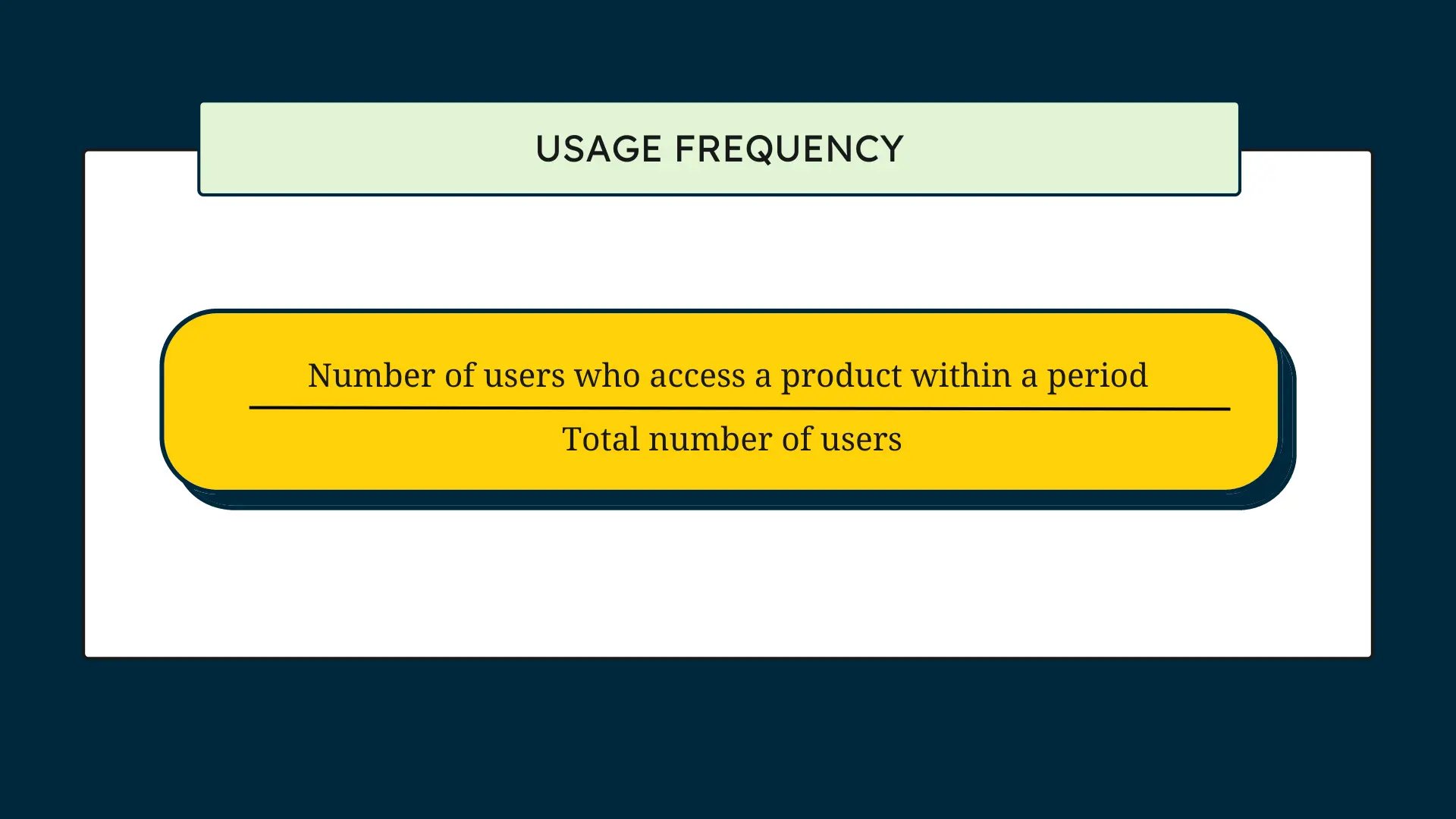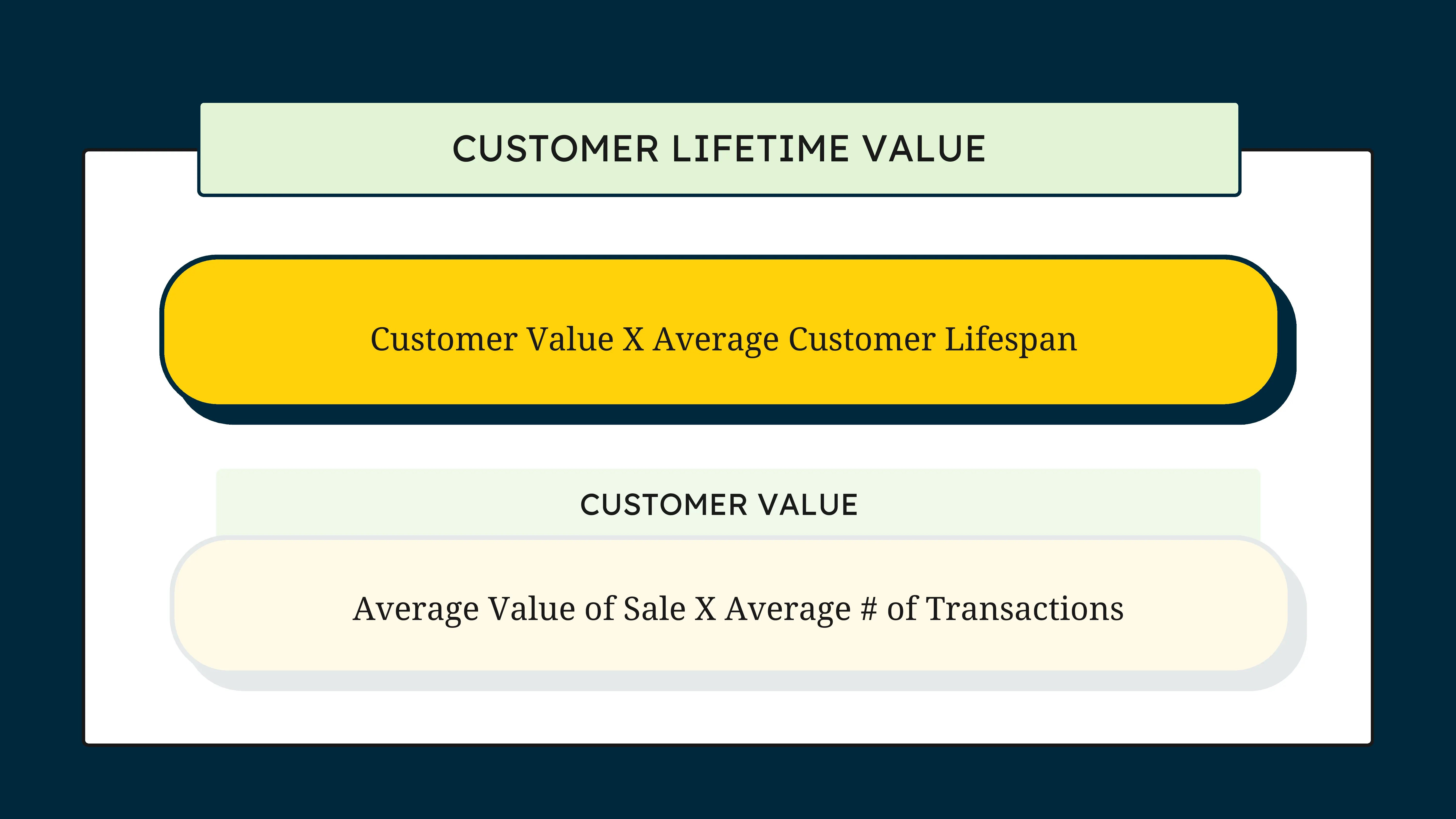Customer education has the wrong ROI story, and our CEO, Steve Cornwell, took to LinkedIn to talk about it.
Here’s some of what he said: “The C-suite doesn't buy it [the ROI story]...Most customer education leaders I speak with are trying to demonstrate that training leads to higher revenue through increasing retention, expansion, NPS, etc. It's an admirable correlation to strive for but challenging to prove.”
He gave three reasons, but they essentially roll into one message: Digital customer education is just one part of the formula. In 2023, telling the C-suite that customer education drives revenue, expansion, etc., isn’t enough. They want more concrete proof.
That message resonated with a lot of his network—and I’m not surprised. Customer education leaders like you are under pressure to show value.
Here’s the surprisingly simple way to measure the impact and ROI of digital customer education.
Hint: It’s just two steps.
1. Define a Trained Customer
Measuring the ROI of customer education isn’t the long and winding road you may expect. It starts—and to some degree ends—by defining a trained customer.
More specifically, your definition of a trained customer.
This definition is critical and the formula’s core input.
What’s the definition? I can’t tell you, but I can give you some examples:
- Someone who completed a certification program.
- Someone who completed 10 courses in your academy.
- Someone who completed 5 learning paths on specific topics.
This definition is yours. It’s unique, and there’s no right or wrong answer, but to help you land on a definition, consider this:
In what ways are your current high-value customers engaging with your academy?
- Have they all completed your certification program?
- Did they complete X, Y, and Z courses?
- Did they go through certain learning paths?
Find a handful of these high-value (maybe as measured by their lifetime value or years of retention) customers and look for patterns. That’s your definition of a trained customer (or at least a solid starting point).
Once you have your definition, you can start tying it back to the metrics that matter to you but, more importantly, the rest of your company.
2. Compare Trained vs. Untrained Customers
We preach the idea of “land and expand” to our customers, i.e., concentrate on one goal at the beginning, achieve that, and then move on.
For example, put all your time, energy, and potentially limited resources into proving that digital customer education can speed up onboarding. Once you prove that, show how customer education (via your academy) can improve your Marketing team’s lead-generation engine.
Remember: It’s better to be great at one thing than average at many. (At least at the beginning of your customer education journey.)
So, ask yourself: How can customer education help my Support, Marketing, Sales, Customer Success (CS), and Product teams?
Which one you choose is up to you, but the basis of your decision can come only after you sit down with the leaders of each team and intimately understand what they care about.
Support
The average company gets 578 support tickets per day, 3,991 per week, and 17,630 per year. It’s a tale as old as time and a primary point of customer frustration.
It’s only natural that most Support teams set their sights on reducing (or deflecting) tickets.
So, how can digital customer education help reduce support tickets?
Digital customer education addresses one core reason customers submit tickets: They need help or have questions, but they're unsure where to turn or who to approach.
Digital customer education gives them access to always-on resources personalized to their needs so that they can navigate their product challenges without submitting a ticket (or at least submitting as many of them).
How can you show the impact?
When measuring the impact of digital customer education on ticket deflection, it's important to consider the number of tickets submitted by an average trained customer over a specific period compared to the number of tickets submitted by an average untrained customer.
For example:
- Trained: 1 ticket per month
- Untrained: 5 tickets per month
Now you can tell your Support team that trained customers submit 80% fewer tickets, on average, than untrained ones. You can also tell them that with the extra bandwidth, reps can re-invest their time in reducing their ticket backlog.
Marketing
A recent study found that Chief Marketing Officers (CMOs) all measure similar metrics: Sales and revenue, digital, web, and/or mobile performance, and lead generation are among the most popular.
Given the current macroeconomic climate, many CMOs are also prioritizing cost efficiencies, so cost per lead (CPL) may be a talking point in war rooms.
For this article, let’s say your CMO is focused on lead generation.
How can digital customer education help generate more leads?
A few ways:
- Brand awareness: Customers (or other parties if you have a public-facing program) share certificates on LinkedIn.
- Faster sales: Prospects come to meetings with reps with foundational knowledge sellers don’t have to cover. Instead, they can get right to selling.
- Thought leadership: Content builds trust and authority in the company and employees, which can instill confidence in prospects.
How can you show the impact?
Highlight the number of closed-won deals sourced from customers who engaged in training before or during the sales cycle.
Sales
While sales and revenue are central to the success of Chief Revenue Officers (CROs) and other high-level Sales leaders, it’s hard to tie the impact of customer education directly to those metrics. Instead, set your sights on showing how customer education can influence sales metrics a layer deeper, like time-to-close.
How does digital customer education help shorten the sales cycle?
- Shorter Decision-Making Time: Customers who understand the product often make purchase decisions more quickly, reducing the time spent in the consideration phase of the sales cycle.
- Fewer Questions and Objections: Well-educated customers are less likely to have objections or questions that could prolong the sales cycle.
- Increased Trust: Customers who trust you and your product are more likely to make quicker buying decisions.
- Better Segmentation and Qualification: Educating customers can help sales teams qualify leads more effectively and thus concentrate their efforts on prospects that are more likely to buy quickly.
How can you show the impact?
To show your CRO that customer education helps decrease the sales cycle, compare the average time-to-close for a trained customer vs. an untrained customer.
For example:
- Trained: 1.5 months sales cycle
- Untrained: 3 months sales cycles
Now you can tell your CRO that the average trained customer closes in half the time as someone who’s not trained.
You can also look at other sales metrics, like win rate or customer acquisition cost (CAC).
.webp?width=6000&height=3375&name=Copy%20of%20Copy%20of%20Digital%20(1).webp)
Customer Success
Customer Success teams are under immense pressure, and expectations are through the roof, especially in a down economy when retention is top of mind.
Despite that, many Customer Success teams are understaffed and underfunded, left treading water and trying to prove value with fewer resources than their contemporaries in Sales and Marketing.
While the pressure isn’t unique to Customer Success (CS), the current climate is placing the spotlight squarely on them.
How can digital customer education alleviate this pressure?
Digital customer education helps CS teams by enabling customers to answer product-related questions or navigate common challenges without required hand-holding from Customer Success Managers (CSMs).
At the same time, learning management systems (LMS) can automate many time-consuming and tedious tasks associated with onboarding and ongoing training, freeing up CSMs to spend their time and energy on high-return tasks such as advanced strategy and relationship-building rather than constant firefighting.
How can you show the impact?
To show your CS team how customer education can impact important key performance indicators (KPIs), like time-to-first-value (TTFV), compare the average TTFV for trained and untrained customers.
For example:
- Trained: TTFV of 1 week
- Untrained: TTFV of 2 months
Now you can tell your Customer Success team that trained customers realize product value in 86% less time than those who aren’t trained.
You could also take another approach and compare CSM workload before and after academy launch.
For example:
- Before launch: The average CSM trains 15 customers
- After launch: The average CSM trains 20 customers
Now you can tell them that digital customer education helped them increase account coverage for the average CSM by 28%.
Product
Your Product team works hard to ideate, develop, launch, and update your product, but those efforts are largely for naught if no one uses it.
That’s why Chief Product (CPO) and Technology Officers (CTO) focus so much on product and feature adoption.
How can digital customer education help increase product and feature adoption?
By empowering customers with the tools and resources they need to not only know how to use your product and its features but understand why—and how it can help them.
How can you show the impact?
To show your Product team that digital customer education can help increase product adoption, compare usage frequency between trained and untrained customers. Take it one step further by looking at a specific feature.

For example:
- Trained: 97% of trained customers use the new feature
- Untrained: 78% of untrained customers use the new feature
Note: Don’t be afraid to change your definition of a trained customer as you go. For example, if you’re launching a new feature and built a course you’re expecting your customers to take, use course completion or quiz scores as your definition of a trained customer.
By taking this approach, you can say someone who took X course was X% more likely to adopt the new feature.
Bringing it All Together for the Leadership Team
Bringing any of the above proof points to your Leadership team will pay dividends, but at the end of the day, they care about one thing: Making money.
So, how can you show them that digital customer education helps them make more money and maintain leadership buy-in?
Compare the average customer lifetime value (CLTV) or trained and untrained customers.

For example:
- Trained: Average CLTV is $100k
- Untrained: Average CLTV is $75k
Now you can tell your Leadership team that the average LTV of a trained customer is 25% higher than that of one who isn’t trained.
Proving the impact of customer education is more important than ever, and doing so isn’t the daunting endeavor it may initially seem.
It starts—and continues—with defining a trained customer and connecting their success to the goals of different teams in your company.
Remember, as your organization evolves, so too will your definition of a trained customer. Be prepared to adapt and continuously measure the impact of digital customer education on your company's key metrics to keep building your case.

.png?width=3251&height=1107&name=NP_ByGS_ColorLogo%20(1).png)

